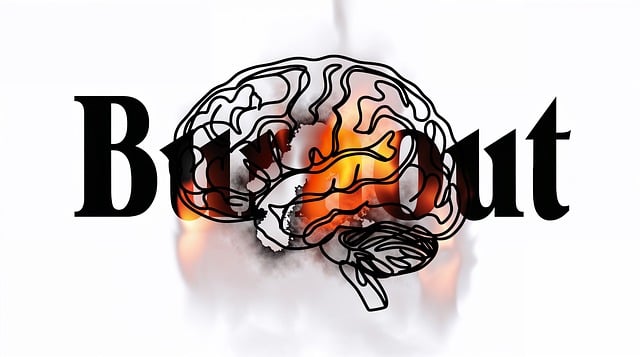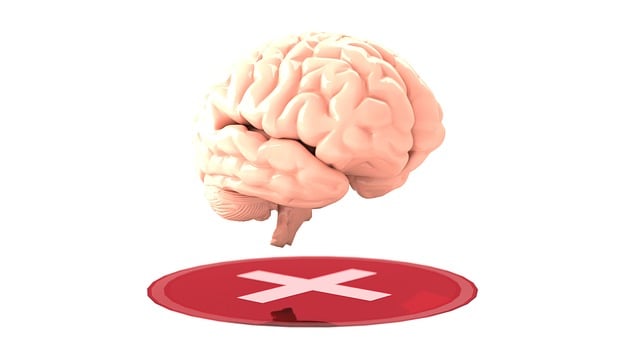Risk assessment is paramount in mental health care, particularly for suicidal ideation, utilizing tools like Centennial Suicide Prevention Therapy (CSPT). CSPT integrates early identification and targeted interventions through Mental Health Education Programs and Risk Management Planning. Harm minimization strategies focus on public health, empowering professionals to serve diverse communities holistically while addressing social determinants of health. By combining evidence-based practices, community outreach, and stress reduction techniques, CSPT saves lives, builds resilience, and fosters supportive environments, ultimately reducing professional burnout.
Risk assessment and harm minimization planning are essential components of comprehensive suicide prevention strategies. This article explores key aspects, from identifying potential threats through understanding risk assessment, to implementing harm minimization strategies that protect vulnerable individuals. We delve into the role of innovative approaches like Centennial Suicide Prevention Therapy in mitigating risks effectively. Additionally, we discuss creating comprehensive plans, including implementation and ongoing support, to foster a safer, more supportive environment.
- Understanding Risk Assessment: Identifying Potential Threats
- Harm Minimization Strategies: Protecting Vulnerable Individuals
- The Role of Centennial Suicide Prevention Therapy in Mitigation
- Creating Comprehensive Plans: Implementation and Ongoing Support
Understanding Risk Assessment: Identifying Potential Threats

Understanding Risk assessment is a cornerstone in both Centennial Suicide Prevention Therapy and mental health care practices. It involves a thorough process of identifying potential threats or risks that could lead to harm, with a specific focus on suicidal ideation and behaviors. By meticulously evaluating an individual’s history, current circumstances, and demonstrable risk factors, mental health professionals can develop effective strategies for harm minimization. This proactive approach not only enhances safety but also empowers both clients and practitioners in navigating complex emotional landscapes.
In the context of Risk Assessment for Mental Health Professionals, recognizing potential threats is just the first step. Following this, well-designed Mental Health Education Programs can equip professionals with the knowledge and skills to conduct comprehensive risk assessments. Furthermore, integrating Risk Management Planning for Mental Health Professionals into routine practice ensures that strategies are in place to mitigate identified risks promptly and effectively, ultimately contributing to improved client outcomes and enhanced service delivery.
Harm Minimization Strategies: Protecting Vulnerable Individuals

Harm Minimization Strategies play a pivotal role in protecting vulnerable individuals and fostering safer communities. This approach, rooted in public health principles, aims to reduce the impact of harm rather than simply preventing it. For mental health professionals, this translates into implementing effective risk management planning that goes beyond traditional therapy models. Centennial Suicide Prevention Therapy, for instance, emphasizes proactive measures to identify at-risk individuals early and provide tailored interventions.
By integrating these strategies into their practice, healthcare providers can enhance cultural competency training, ensuring they understand the unique needs of diverse populations. This holistic approach not only addresses immediate risks but also tackles underlying social determinants of health, contributing to burnout prevention among professionals and improved long-term outcomes for patients.
The Role of Centennial Suicide Prevention Therapy in Mitigation

Centennial Suicide Prevention Therapy plays a pivotal role in mitigating and preventing suicide within communities. This therapeutic approach focuses on identifying at-risk individuals early and providing them with the necessary tools to cope with life’s challenges. By integrating evidence-based practices, such as cognitive-behavioral therapy, into their programs, this therapy helps participants build resilience, enhance coping strategies, and improve overall mental wellness. The impact extends beyond individual transformation; it fosters a sense of community support, encouraging open conversations about mental health and reducing the stigma associated with seeking help.
Effective harm minimization planning often incorporates Community Outreach Program Implementation to reach diverse populations. Mental Wellness Coaching Programs Development can empower individuals to take proactive steps towards better mental health. Additionally, Confidence Boosting techniques within these programs equip people with the mindset to navigate life’s turbulent waters, ultimately contributing to a more resilient and supportive community environment.
Creating Comprehensive Plans: Implementation and Ongoing Support

Creating comprehensive harm minimization plans is a crucial step in risk assessment, particularly in fields like Centennial Suicide Prevention Therapy. These plans should encompass various strategies tailored to the specific needs and challenges faced by individuals or communities at risk. Implementation involves a collaborative effort between mental health professionals, community leaders, and affected persons. Effective plans integrate evidence-based stress reduction methods and burnout prevention techniques to build resilience and promote well-being.
Ongoing support is essential for successful harm minimization. Regular review and adaptation of the plans are necessary to address evolving risks and emerging trends. Fostering open communication strategies among all stakeholders ensures that concerns are promptly identified and addressed. By implementing these comprehensive approaches, Centennial Suicide Prevention Therapy can better navigate complex situations, ultimately contributing to a safer and more supportive environment for those at risk.
Risk assessment and harm minimization planning are essential components in ensuring the well-being of individuals, especially those at risk. By identifying potential threats through comprehensive understanding and implementing strategies like Centennial Suicide Prevention Therapy, we can protect vulnerable people effectively. This therapy plays a pivotal role in mitigation efforts, offering a structured approach to navigate complex emotions and behaviors. Creating detailed plans that include ongoing support systems is crucial for long-term success, enabling communities to foster safety and resilience.














